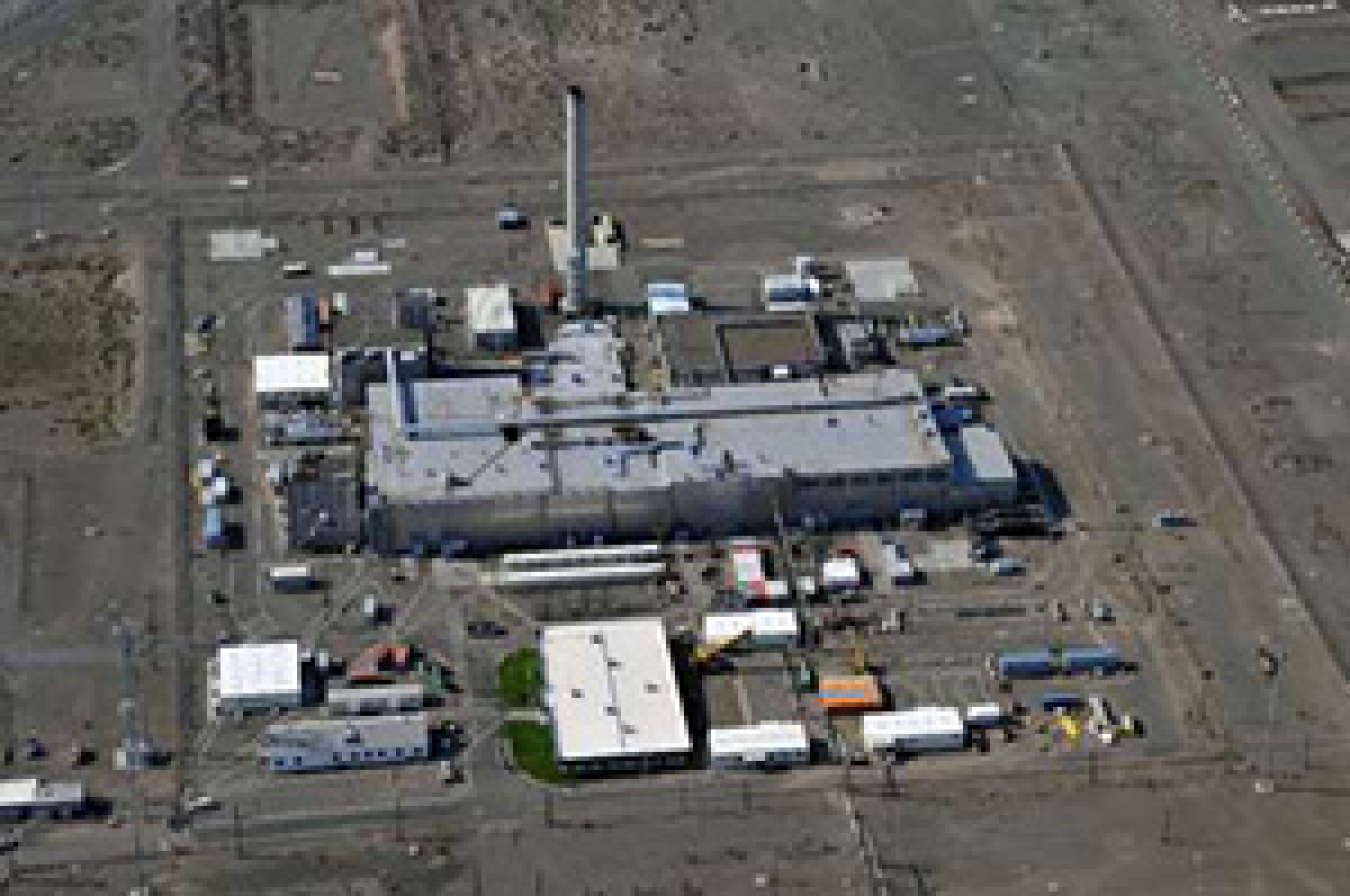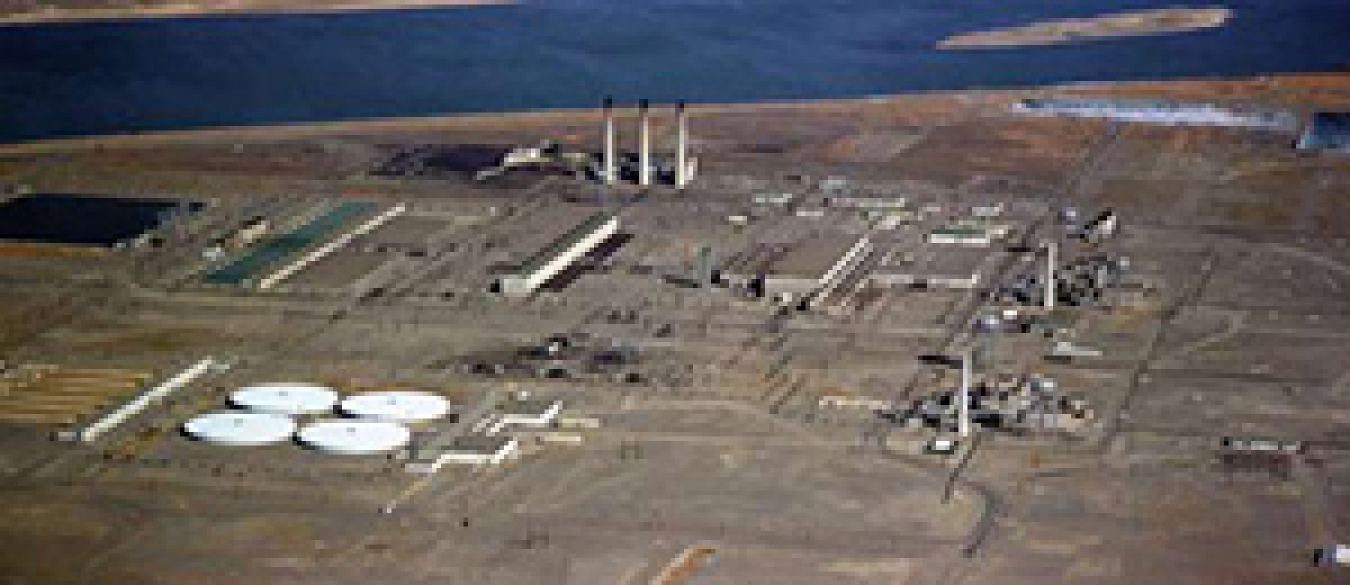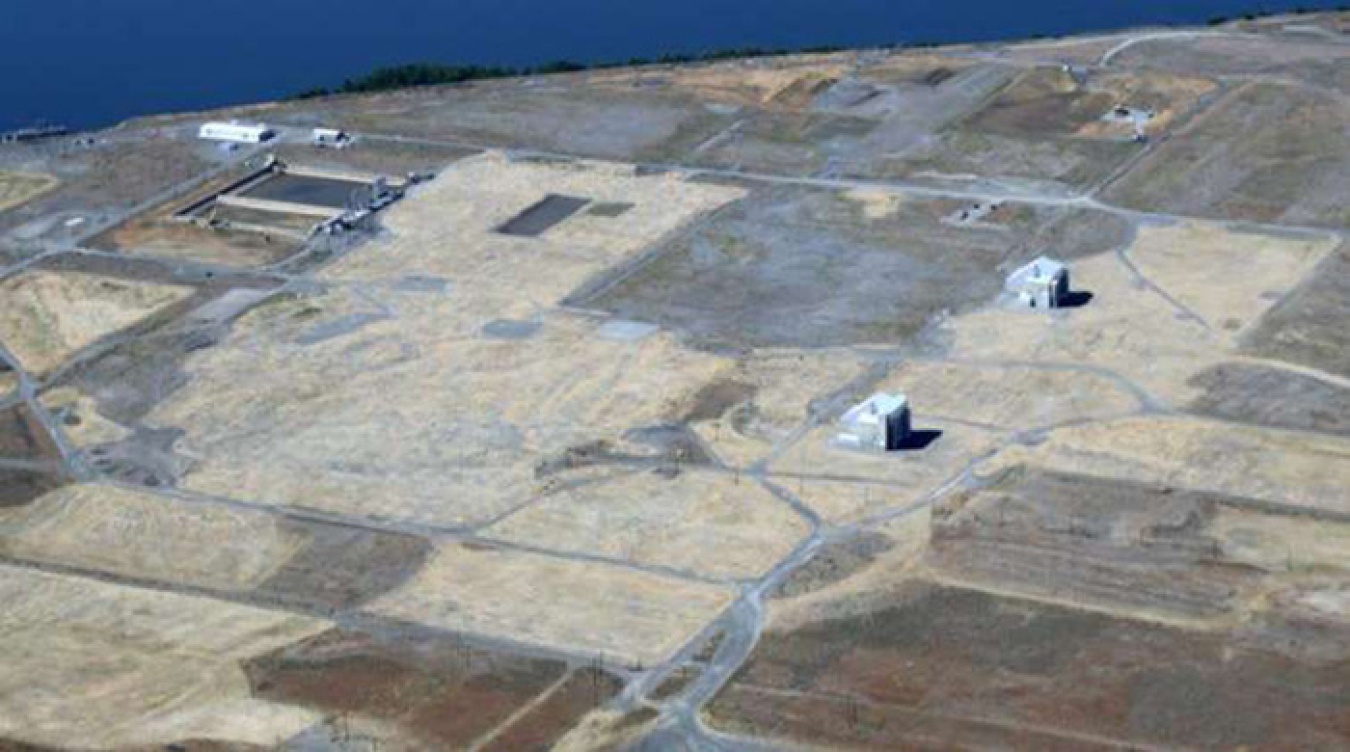On the Site’s Central Plateau, workers are continuing their focus on treatment of the 56 million gallons of waste stored in 176 underground tanks.
Office of Environmental Management
September 12, 2019RICHLAND, Wash. – The line running through the past, present and into the future of the Hanford Site is filled with markers of success.
“From its earliest days as a scientific and engineering wonder through the years in which we characterized waste, developed technologies, and built the trained workforce to carry out our plans for progress in the years ahead, the Hanford Site is a testament to our workers’ dedication to what we have achieved and what our nation has asked us to do,” according to Brian Vance, Hanford Site manager,
Vance said remediating the 220-square-mile Columbia River Corridor has been the hallmark of all aspects of cleanup. “Tearing down the small cities that supported six nuclear reactors, and cocooning the reactor cores, was a monumental achievement that changed the Hanford footprint,” he said. “Removing more than 18 million tons of soil and debris, treating more than 20 billion gallons of contaminated groundwater, and removing more than 12,000 cubic meters of plutonium contaminated waste are just a few examples of our significant and measurable progress.”
“Through the skills and technologies we have developed, our Soil and Groundwater program continues to protect the Columbia River. We have remediated hundreds more facilities and waste sites, and are now moving into the next phase of cleanup where we are tackling some of our hardest sites,” Vance said.




On the Site’s Central Plateau, workers are continuing their focus on treatment of the 56 million gallons of waste stored in 176 underground tanks, the by-product of Hanford’s plutonium production mission.
“As we develop our vision for the site’s future, we remain committed to being results-driven and completion-focused, while making sure we deliver a Hanford Site cleanup that is the best value to the taxpayer,” Vance said. “Our successes of the past have positioned us to achieve future cleanup successes.”
Click here for more information on the Richland Operations Office and here for more information on the Office of River Protection.

